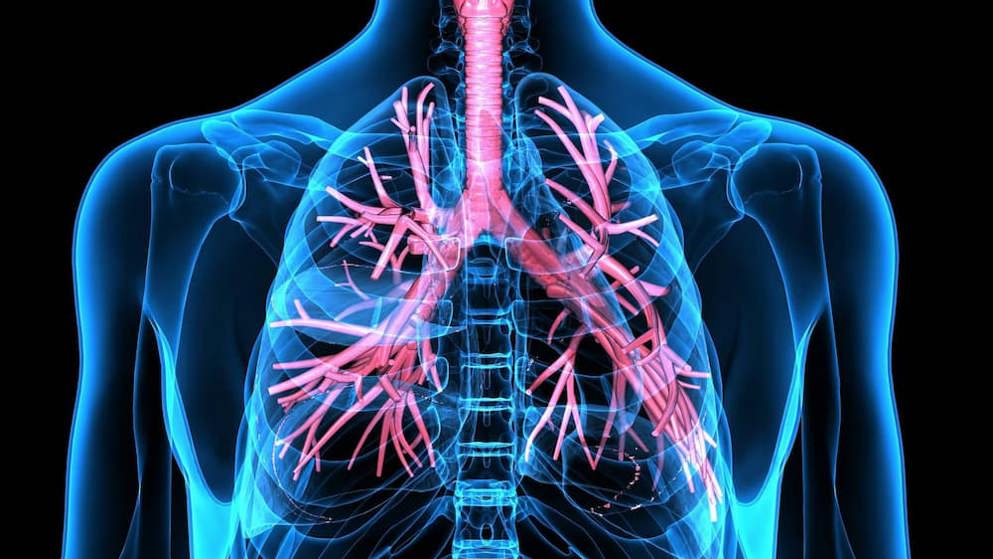Phase III QUARTZ study of inhaled QMF 149 meets endpoints in asthma.
Novartis announced the first study results from the phase III PLATINUM clinical development program assessing the safety and efficacy of QMF 149 (indacaterol plus mometasone) as an asthma treatment. QMF 149 is an investigational, once-daily, fixed dose combination asthma treatment containing indacaterol acetate (IND - a long acting beta agonist [LABA]) and mometasone furoate (MF - an anti-inflammatory [ICS]).
In this multicenter, randomized, double-blind phase III QUARTZ study (ClinicalTrials.gov Identifier: NCT02892344), once-daily, low dose IND/MF (QMF149) 150/80 Mu g met the primary and key secondary endpoints (trough FEV1 and ACQ-7 score at Week 12, respectively) when compared to once-daily mometasone furoate (MF), an ICS, delivered via the Twisthaler device (200 Mu g) in both adult and adolescent patients with asthma. Patients included in the QUARTZ study were inadequately controlled (symptomatic as defined by Asthma Control Questionnaire, ACQ-7>1.5) on low dose ICS (with or without an additional maintenance treatment). IND/MF demonstrated statistically significant improvements in lung function as measured by trough FEV1 (volume of air that can be forced out in one second after taking a deep breath, which is measured approximately 24 hours after the last administration of study drug) compared to MF after 12 weeks of treatment in adult and adolescent patients with inadequately controlled asthma [Least squares (LS) mean treatment difference: 0.182 L, 95% CI: 0.148, 0.217; p < 0.001]. In addition, clinically meaningful lung function benefit for IND/MF is supported by improvements in evening PEF of 26.1 L/min compared to MF alone (95% CI, 21.0, 31.2). IND/MF also demonstrated statistically significant improvements in asthma control compared with MF, as measured by ACQ-7 after 12 weeks of treatment (LS mean treatment difference: -0.218, 95% CI: -0.293, -0.143; p < 0.001).
In addition, clinically meaningful improvement in ACQ-7 is supported by a responder analysis, in which the QMF149 group had a greater proportion of responders (improvement in ACQ-7 >=0.5) compared to the MF group (74.7% vs 64.9%, respectively (odd ratio: 1.69, 95% CI: 1.23, 2.33). Both treatments (IND/MF and MF) were generally well tolerated. The overall incidence of adverse events (AEs) was lower in the IND/MF group compared with the MF group (32.3% vs. 38.3%, respectively). The majority of AEs in both treatment groups were mild to moderate (more than 90% AEs) in severity, and were comparable between the treatment groups. The incidence of severe AEs was low and were reported in 7 (1.8%) patients in the QMF149 group compared with 14 (3.5%) patients in the MF group.
Comment: Efficacy and safety data from this study have been submitted for presentation at an upcoming medical meeting. The regulatory submissions for IND/MF and IND/GLY/MF have recently been accepted for review by the European Medicines Agency (EMA).

